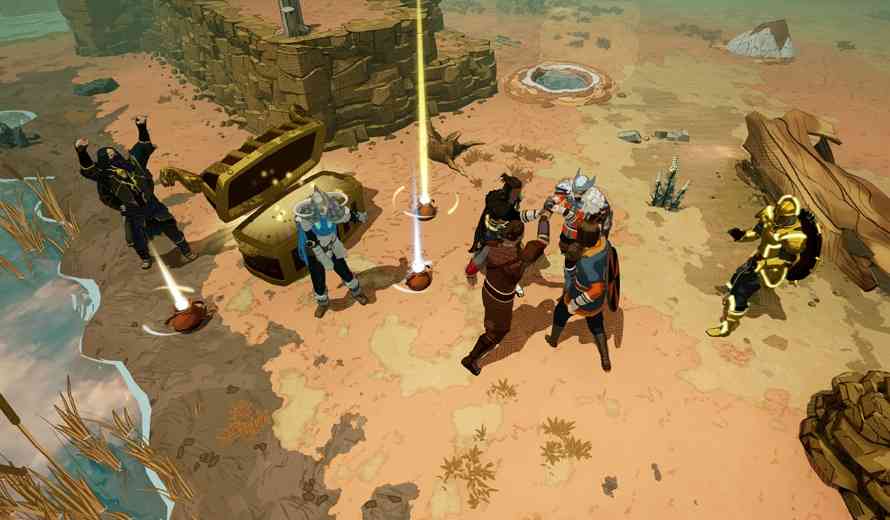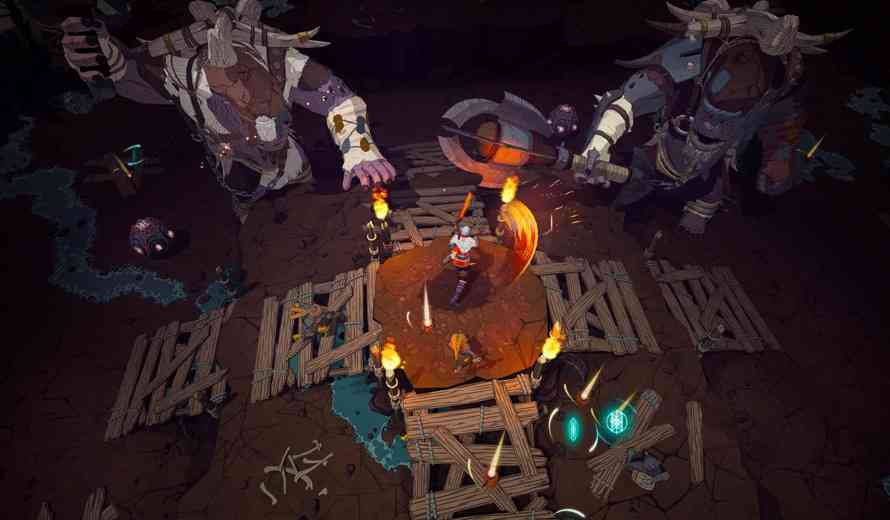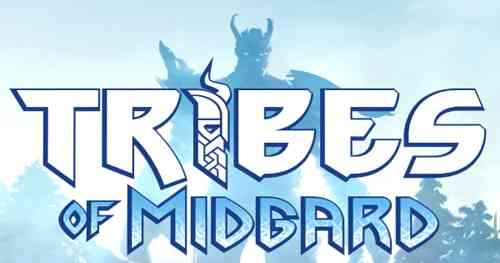Tribes of Midgard Review
If interviews are to be believed, when members of the development team at Norsefell were planning their game, they looked into their trend-predicting crystal ball and deduced that the biggest things were, or would be, co-op games and Viking games.
Whether that way of making entertainment is cynical or pragmatic is up for grabs, but bottom line, they were right and we are in a golden age of Viking-themed games, co-op games, and survival games. Tribes of Midgard hits the popularity apogee at just the right time and is just unique enough to earn a distinct place in a pretty crowded room.
Tribes of Midgard is a genre mashup to be sure, combining third-person action-RPG elements with survival and crafting mechanics, wave-based combat, roguelike loops, and team multiplayer PvE co-op. The biggest compliment I can pay to the game is that nearly every element is smartly handled and makes sense. Nothing feels artificially folded in just in order to add a bullet point to the elevator pitch, and almost all the disparate pieces work in harmony. While the genesis of the game sounds like the result of market research the end result is generally organic.
The setting and premise come from Norse mythology and basically involves you and your tribe protecting a tree, grown from the life-giving Seed of Yggdrasil, that stands at the center of your camp. Every night supernatural creatures called Helthings invade and additionally, powerful, massive giants called Jötnarr are lumbering their way across the map, hell-bent on destroying the tree. The seasons change and the nights grow longer and more perilous. During the day, you make excursions outside the village into the countryside and often far afield, collecting crafting resources and fighting random enemies for their valuable loot. It is easy to teleport back to your village in time for the nightly defense period. As you gain in level and skill you can add defenses to your town like reinforced gates and traps. Playing solo, the NPCs do a credible job of defense — and you can elect to upgrade them, making them more capable — but it’s more fun and effective when your tribe is, well, a tribe.

In addition to being able to craft items like bridges or shelters out in the wild, your village is home to crafting stations that allow you to make ever-stronger weapons and armor, and eventually, you are able to select one of eight class specialties and further level up within it. Having a variety of classes in your tribe is essential when facing off against the Jötnarr, each with specific resistances and powers to be countered. In addition to simply collecting and exploring, you can also complete timed quests, each with specific rewards of loot, upgrade materials or special items.
Yummy Viking Genre Stew
Combining so many genres might suggest that playing Tribes of Midgard could be a nightmare of conflicting mechanics but that is never the case. Anyone weary of survival and crafting games will celebrate how simple and painless the process is in Tribes of Midgard, ditto the RPG elements, which offer plenty of customization without being weighted by too many options. Everything is tuned for ease of use, and although the tutorial is pretty spare it doesn’t take too long to understand the systems at play. Even death is relatively painless and lost loot is recoverable. However, let a Jötnarr destroy the World Tree and the game is over for good in roguelike fashion, though you have the advantage of whatever unlocks you’ve accomplished. You can save your progress at any time in the persistent Saga mode.
There are a couple of ways to experience Tribes of Midgard. Solo play is certainly possible, and the game will scale enemies and other elements to a single player in a reasonable way. However, this is a game built for cooperative PvE and up to ten players can work together in either the persistent Saga mode or the more challenging Survival mode, which is obviously a test of strength and organization against waves of escalating difficulty.
Tribes of Midgard has a distinctive, hand-painted art style that splits the difference between dark realism and storybook charm, colorful and not overly detailed. There are five, diverse biomes and the seasons change rapidly. Sound design is effective though disappointingly minimal, and even out in the wilds there was little audio to set the scene. I really wanted a bit more aural impact from combat and especially, the fearsome Jötnarr. The Norse-themed orchestral music is good but also relatively spare. I wanted to hear more, or at least have it add to the drama more than it did.

It is not often that a game attempts to fuse elements from so many genres. Usually, the result weakens the overall experience but Tribes of Midgard is that rare exception, a game in which all the disparate parts resonate and reinforce each other. The early levels can grow a bit repetitive but exploration, crafting, and combat continue to engage throughout. Tribes of Midgard should appeal to fans of action RPGs, survival games, co-op PvE and of course, the rich tapestry of Viking combat, lore, and culture.
***PC code provided by the publisher for review***
The Good
Effective combination of genres
Appealing art direction
Enjoyable combat and enemy design
Open-ended and future proof
The Bad
Solo play a lonely experience
No PvP
Game play loop can grow a little repetitive

